Eyes on the Road: The Dangers of Distracted Driving
- Category: Living Well
- Posted On:
Author: Bridget Gardner, Injury Prevention Coordinator
Have you ever been on a cell phone and passed your exit? Have you reached for an item in your vehicle or taken your eyes off the road just for a second, only to find yourself swerving to avoid the car ahead?
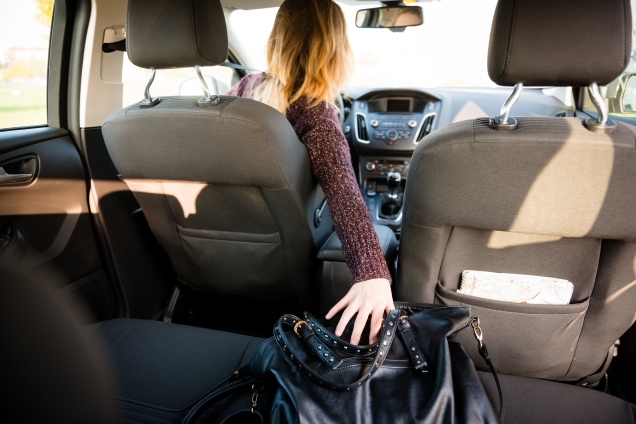
When you are in your car, a moment’s distraction can easily have more devastating consequences.
According to the National Highway Traffic Safety Administration (NHTSA), 9% of the fatal crashes in the U.S. were caused by distracted driving and 3,450 people were killed in motor vehicle crashes involving distracted drivers.
Distractions aren’t just cell phones. Distracted driving is any activity that diverts your attention away from the primary task of driving.

Distractions include adjusting a radio, GPS, or MP3 player, texting, talking on a cell phone, updating social media, selecting a song list, talking to passengers, eating, drinking, grooming, like shaving or applying makeup, reading, and diverting your attention to crashes and billboards.
If you remove your eyes off the road for 4.6 seconds, at 55 mph, you will drive the length of a football field. So, you’re basically driving blindfolded for the length of the football field. This not only places you at risk, but it also places every driver on the road at risk.
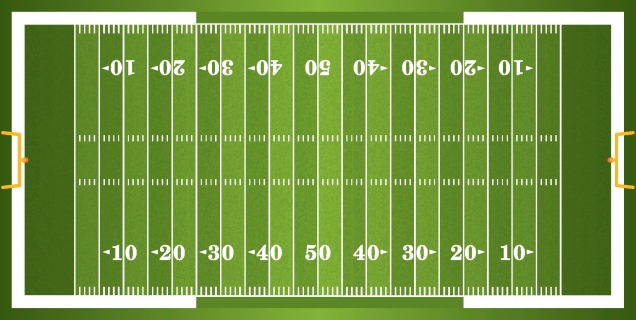
Cell phones are a primary distraction because it involves three types of distraction simultaneously:
- Visual (taking your eyes off the road)
- Manual (taking your hands off the wheel), and
- Cognitive (taking your mind off driving).
In the fraction of a second in which you need to identify danger, process the decision, react and respond to the hazard, there isn’t enough time when you do not remain focused or your attention isn’t on driving.
Forty-four states, including Louisiana, ban text messaging for all drivers. Fourteen states prohibit hand-held cell phone use by drivers.
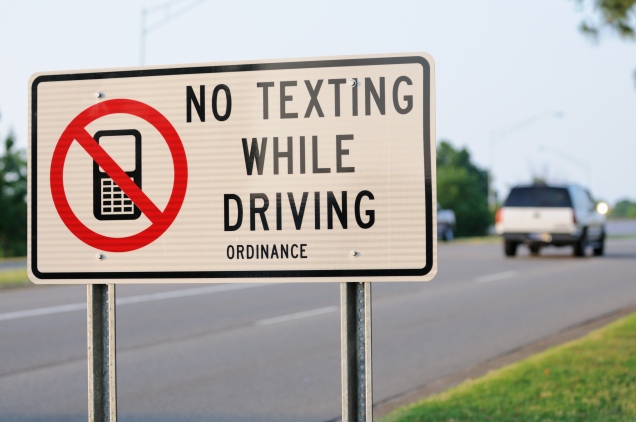
Currently, Louisiana has a bill to propose the use of hands-free devices only for drivers.
University Medical Center, which is home to the region’s only Level I Trauma Center, has a strong commitment to the prevention of injuries due to distracted driving. The Trauma Center’s Injury Prevention Team is committed to decreasing the risk of injury through programs such as Sudden Impact.
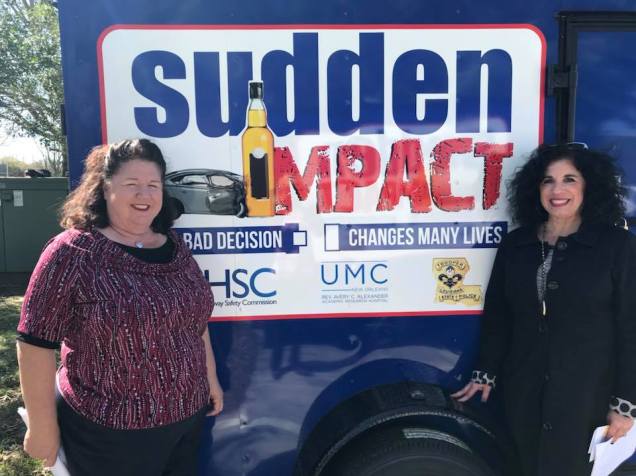
Twice per week, high school sophomores attend the hospital-based program to understand the real consequences of such high-risk behavior. Helping them understand the risks of distracted driving is essential – after all, 76% of participants state that they have been in a crash or near-crash because the driver of the vehicle was distracted.
Distracted driving is also written into the script for the Sudden Impact Mock Crash, “Consequences of Impact” and the Mock Trial, “Lifetime of Consequences.”
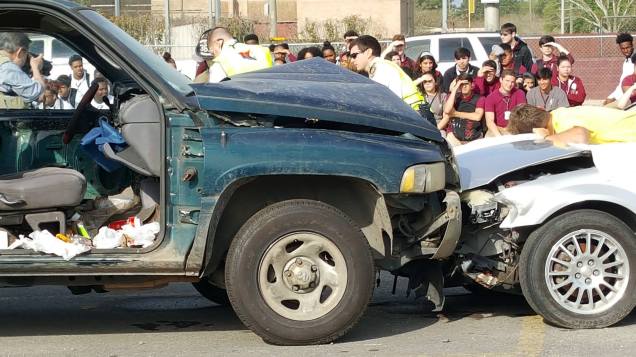
We encourage you to not be the next victim.
Reduce cell phone distractions
If there is an option to turn your phone off or send automatic replies to texts while driving, this is highly recommended.
It can wait
Most conversations and texts can wait and if they cannot, pull to a safe, well-lit area to return the call or text.
Safety first
Be a role model to the passengers in your vehicle. If you have a call or text that needs to be returned, have a passenger return the call or text for you.
Eyes on the road
Keep your eyes on the road and always be aware of your surroundings.
Drive defensively
Be ready to avoid a crash by driving defensively.
Remember, crashes are PREVENTABLE.


